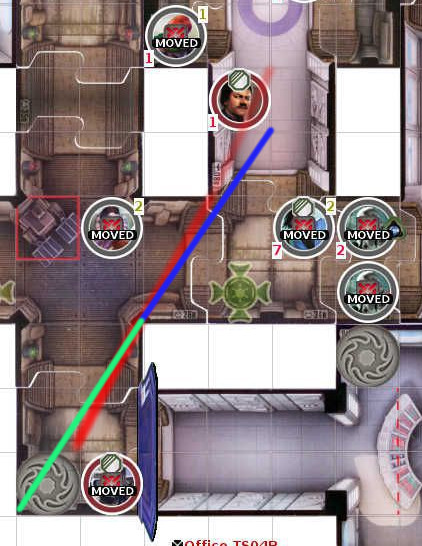Just curious, what does everyone use to determine if they have LOS?
It is usually pretty easy to draw to two corners but sometimes it can get a bit tricky, especially with say a double blue attack with Mak from far away. Do you have a 'weapon of choice' for determining if LOS is in fact accurate?
I noticed x-wing has some tools for this..
